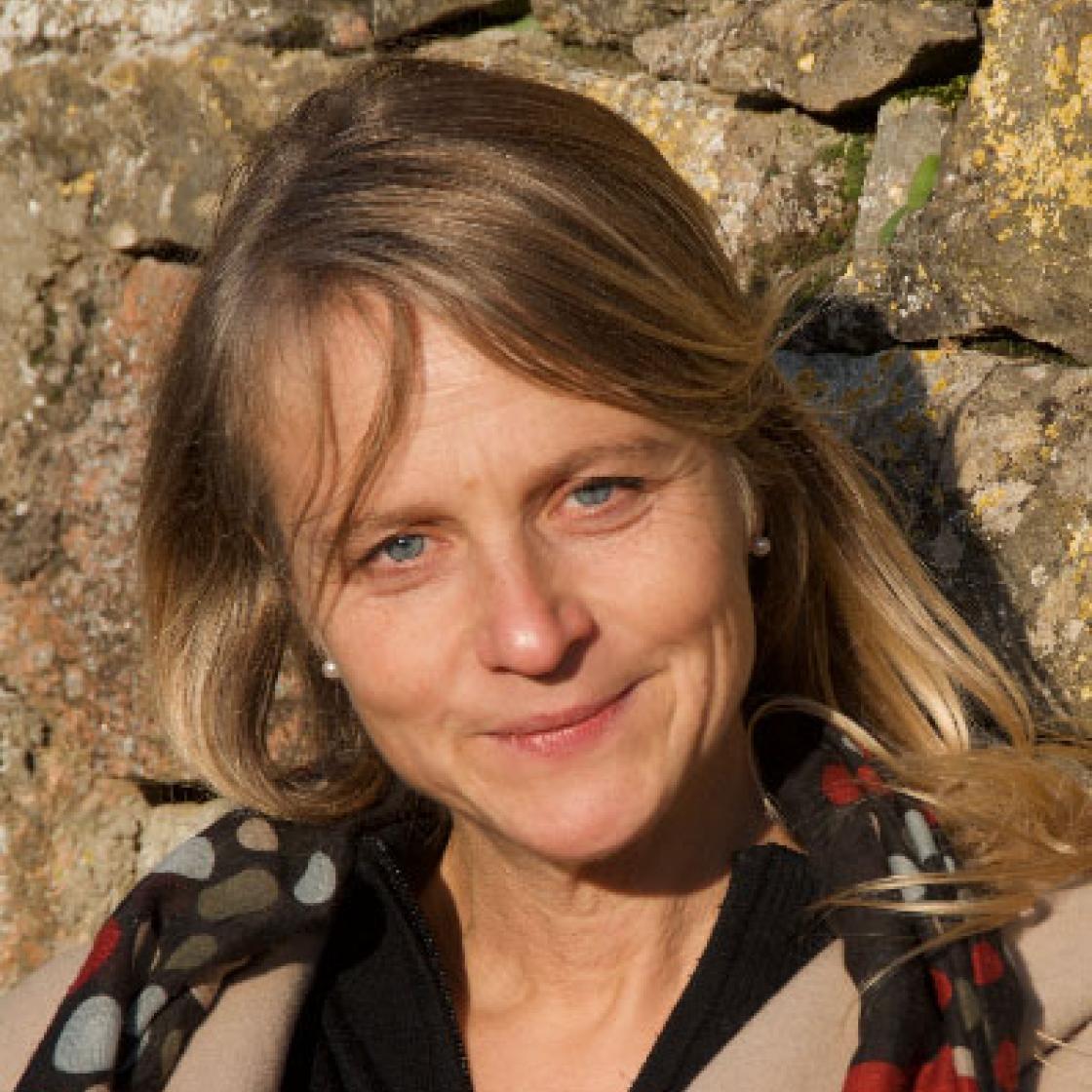Ultraviolet (UV) radiation, especially UV-B radiation, can have detrimental effects on marine larvae and elicit behavioral changes in many adult marine organisms. Although there has been some research on marine organisms, little is known about the consequences of exposure to UV-B radiation during development in cephalopod embryo, especially our model, Sepia officinalis which lays its eggs in the intertidal area. In association with the marine biological station of ROSCOFF (Center of Biological Ressources-EMBRC)/Sorbonne University, we will test the role of the capsule in the protection of the embryo by exposing eggs with black/white or without capsule to different % of UV-B. The consequences of UV-B radiation on hatch rate, mortality and malformation will be studied. We will characterize the different pigments in capsule, determine their potential protective effects, quantify the effect of UV on expression of photosensitive receptors gene and oxidative stress gene expression, with or without capsule.
What’s new in 2021?
The Upside experimentation is set up this year in Roscoff station/SU/EMBRC thanks to both the CRBM team (G. Schirés, S. Henry, D. Potin, R. Garnier…) and the fishermen/fisherwomen of the biological station who collect eggs of good quality and in sufficient quantity. The Upside project allowed to have, for 5 months, Marie-Morgane Corre a student who contributed to the experimental structure installation and follows the experience stability by measuring the physico-chemical parameters. In mid-May, eggs with and without capsule have been put in baskets in each aquarium enlighted by tubes with different UV percentages. At the end of May, first embryos were taken with the help of Luis Molina an ingenior recruted for the project and Zoé Raphalen, a master student. This week, Luis does the second step of sampling and has already observed the effects of UV on development of Sepia embryo.
Funding: IDEX –SU Emergence
Project coordinator : Laure BONNAUD-PONTICELLI, PR MNHN, laure.bonnaud@mnhn.fr
BOREA members:
What’s new in 2021?
The Upside experimentation is set up this year in Roscoff station/SU/EMBRC thanks to both the CRBM team (G. Schirés, S. Henry, D. Potin, R. Garnier…) and the fishermen/fisherwomen of the biological station who collect eggs of good quality and in sufficient quantity. The Upside project allowed to have, for 5 months, Marie-Morgane Corre a student who contributed to the experimental structure installation and follows the experience stability by measuring the physico-chemical parameters. In mid-May, eggs with and without capsule have been put in baskets in each aquarium enlighted by tubes with different UV percentages. At the end of May, first embryos were taken with the help of Luis Molina an ingenior recruted for the project and Zoé Raphalen, a master student. This week, Luis does the second step of sampling and has already observed the effects of UV on development of Sepia embryo.
Funding: IDEX –SU Emergence
Project coordinator : Laure BONNAUD-PONTICELLI, PR MNHN, laure.bonnaud@mnhn.fr
BOREA members:
- Laure Bonnaud-Ponticelli PI 50%
- Luis Molina Ingenior CDD 100%
- Yann Bassaglia 25%
- Cédric Hubas (Concarneau) 10%
- Centre de Ressources Biologiques-EMBRC France- Sorbonne Université
- Ian Probert, Gaetan Schirès, et collègues






